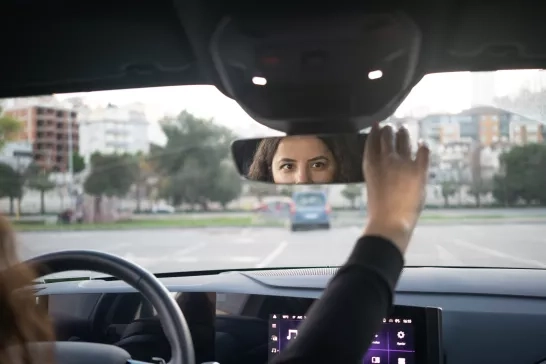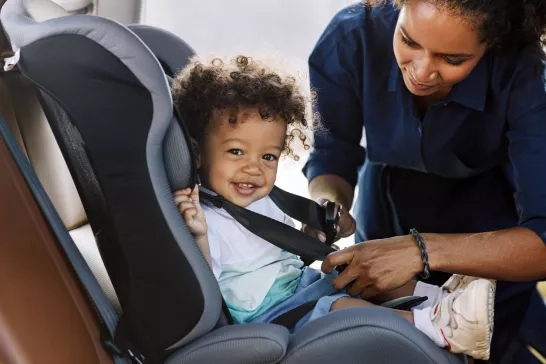
Quick, simple tips from an occupational therapist to get a perfect fit in your car
3 Minute Read
As a retired occupational therapist, Louise Brunelle knows a fair bit about the importance of not taking car safety for granted.
"We underestimate the car because it's convenient, but it can also be a weapon if it's not used well," says Brunelle, who was an occupational therapist for 46 years. "It's quite a responsibility in people's hands, so why not make the most of it and maximize safety for yourself and for others?"
Today, Brunelle volunteers with CarFit –a program offering free, comprehensive reviews to help drivers fit their cars. Launched in Canada in 2014, CarFit is a partnership between CAA and the Canadian Association of Occupational Therapists.
From baby seats to driver’s seats, ensuring the right fit and adjustments isn’t just a matter of comfort; it’s about road safety.
Position the seatbelt across your chest and pelvic bone
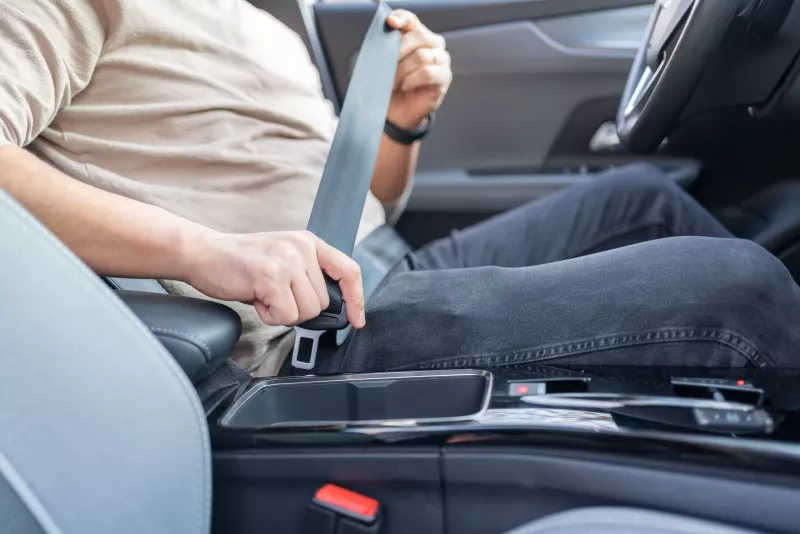
Brunelle emphasizes the importance of not only wearing your seatbelt –– but positioning it properly.
"It should come across the middle of the shoulder blade and across the chest, with the horizontal portion low on the pelvic bone –– not on the soft tissue," says Brunelle. "If it's too close to the external side of your shoulder, it might not catch you in case of a collision."
Align the middle of the headrest to your ears
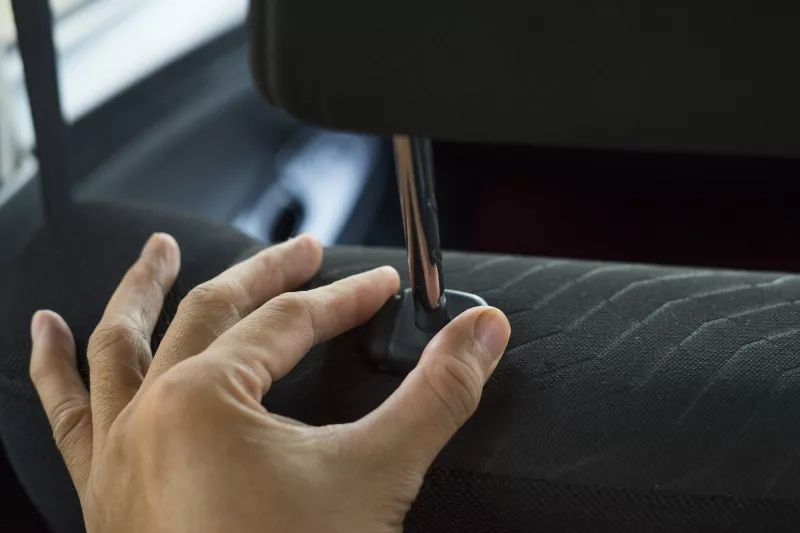
The position of the headrest is also important and should not be too high or too low. Brunelle has a simple rule for the best fit.
"The middle of the headrest should be in line with the middle of the ears," she says. "You don't want your head to go over the headrest in case of a collision, but if the headrest is too high, you're not going to be supported."
Keep 25 cm between your chest and the airbag
"You should have 25 cm between your chest and the steering wheel, to allow the airbag to deploy –– in case of a collision –– without hurting you," says Brunelle, adding drivers should be mindful of the steering wheel's angle. "You don't want too much tilt, because then you would get the airbag in the face."
When holding the steering wheel, arms should be bent at the elbow but not hyperextended or fully bent. Airbags also dictate the best hand position on the wheel, so imagine the wheel as the face of a clock.
"It used to be 10 and two; that was before airbags," advises Brunelle. "The best [hand] position is nine and three, because that gives a bit more space for the airbag to deploy."
Angle mirrors outwards until your car's edge is just viewable
CarFit teaches drivers a simple yet powerful technique for reducing the size of their vehicle's blind spots –– by adjusting their side mirrors.
"My favourite part of CarFit is the mirrors because a lot of people don't use the best position," says Brunelle. "The goal of the mirrors is to be able to see 360 degrees around your car; when you don't see a car anymore in the rearview mirror, you look in a lateral mirror, and you see it there."
While sitting in the driver's seat in a parked position, adjust the left-side mirror by resting your head against the closed window. Then set the mirror to barely show the edge of the vehicle. To set the right mirror, lean right so your head is directly below the rearview mirror (or above the centre console). Adjust the mirror the same way, so you can just barely see the edge of the right side of your vehicle.
"When you sit as a driver, and you look in your side mirrors, you should not see your car," says Brunelle. "If you see your car, your mirrors are too inward."
Adjust settings for different drivers' heights
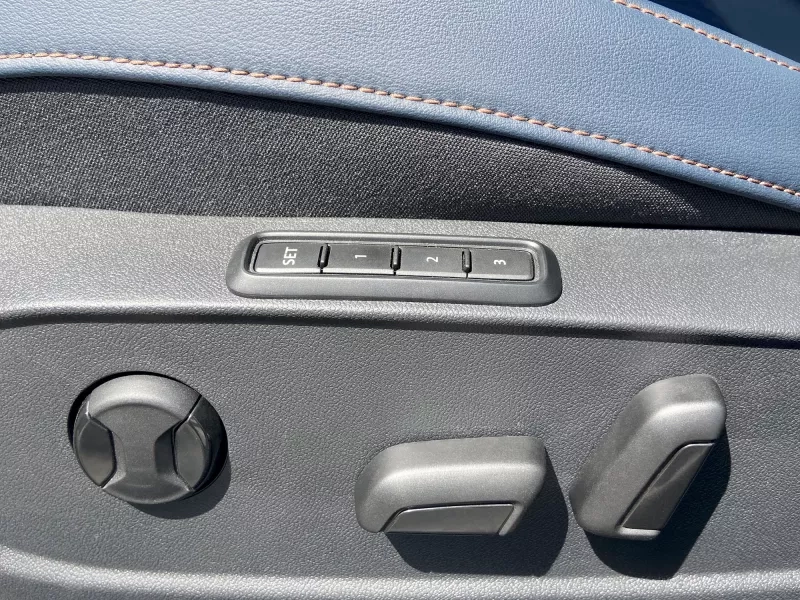
Since many households consist of multiple drivers, Brunelle emphasizes the importance of taking time for adjustments before every drive.
"You have to be conscious of the difference in height for different drivers of the same car," she says.
In many newer models, the driver’s seat can have settings for multiple drivers that can be pre-set and returned to with the push of a button. Common settings include seat height, distance to the steering wheel and seat tilt.
Consider extra protections for older drivers
While car safety is applicable for teenage drivers, adults and seniors alike, an elderly driver could suffer greater consequences in the event of an accident.
"If an older adult is involved in the collision, they might take longer to recover," reasons Brunelle. "They might be more damaged, because they tend to be a little bit more fragile than younger people."
Driver and passenger safety starts inside our vehicles
At CarFit events, a trained CarFit technician works with each participant to complete a 12-point checklist. In about 20 minutes, participants receive a summary of their vehicles' fit, recommended adjustments and a list of local resources. Find a CarFit clinic near you.
Proper seating and positioning in your vehicle are fundamental to both comfort and safety on the road. For more information, here.



